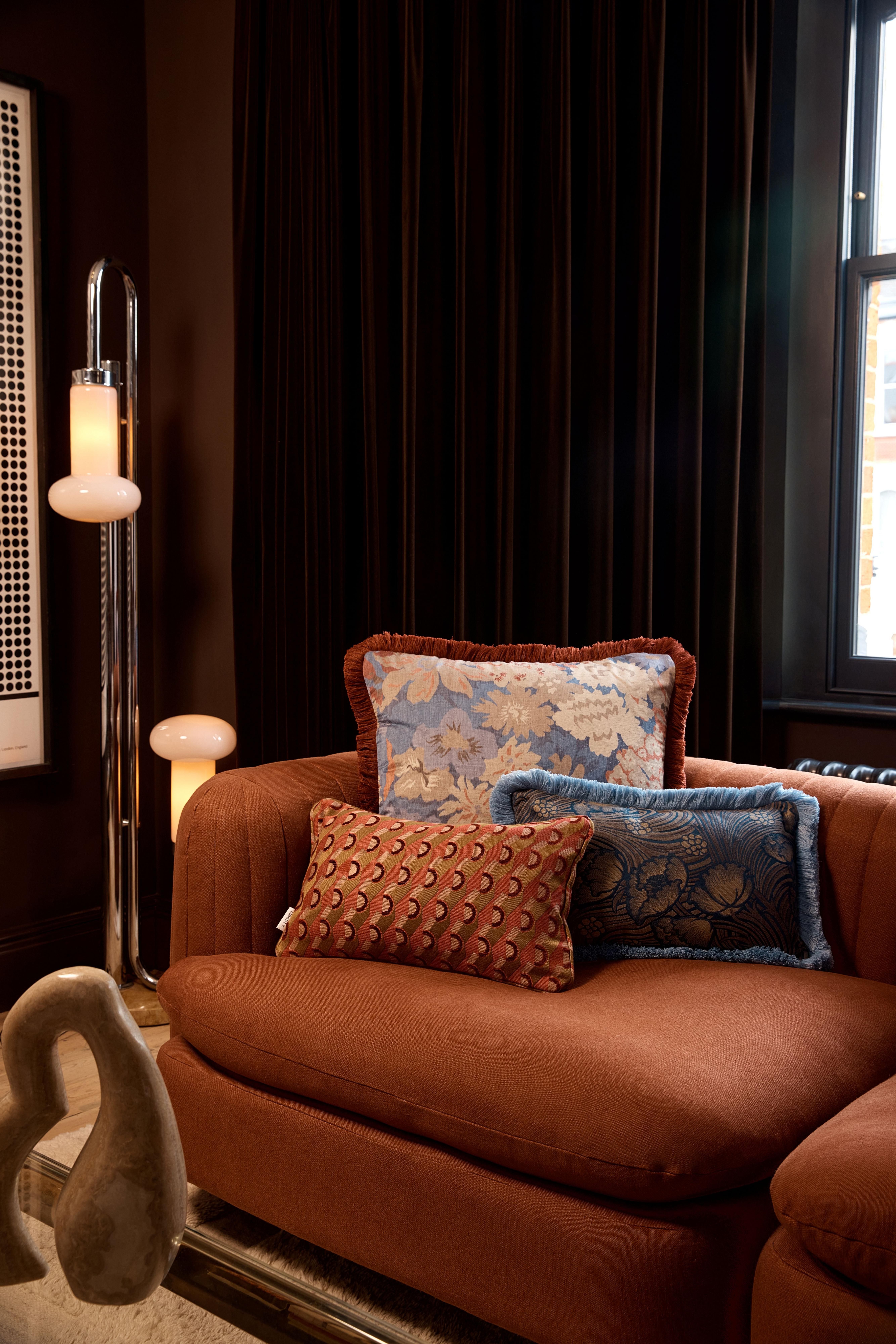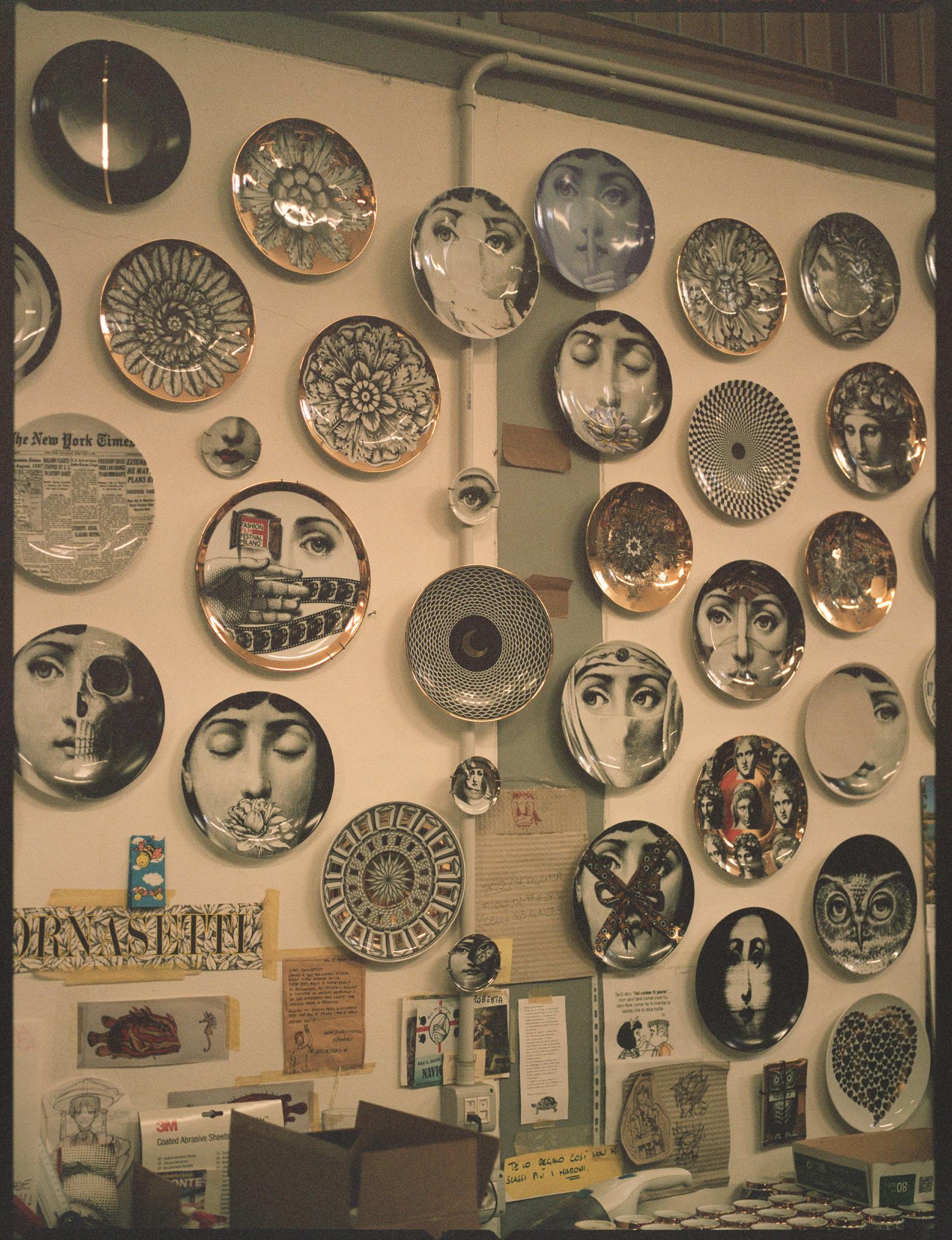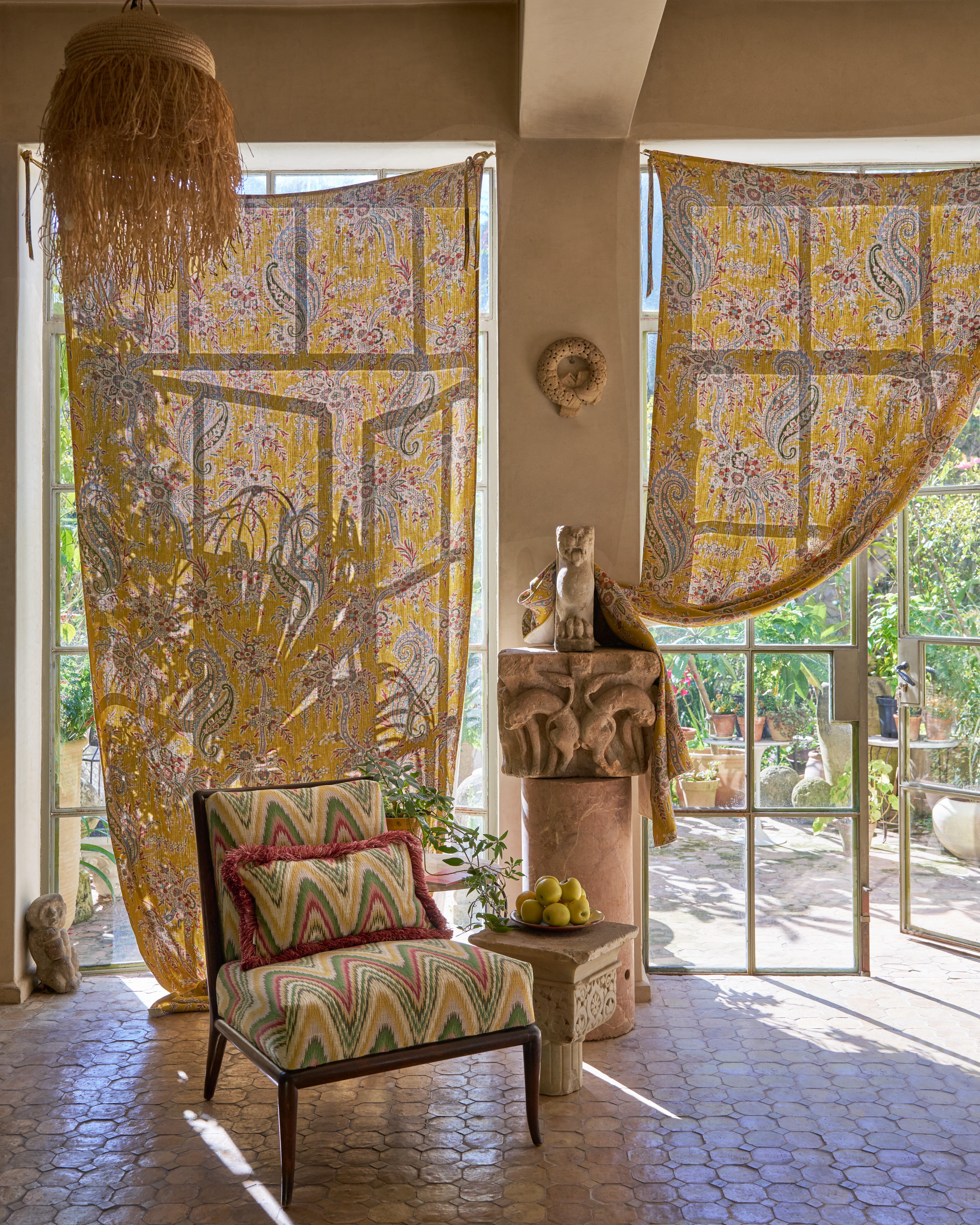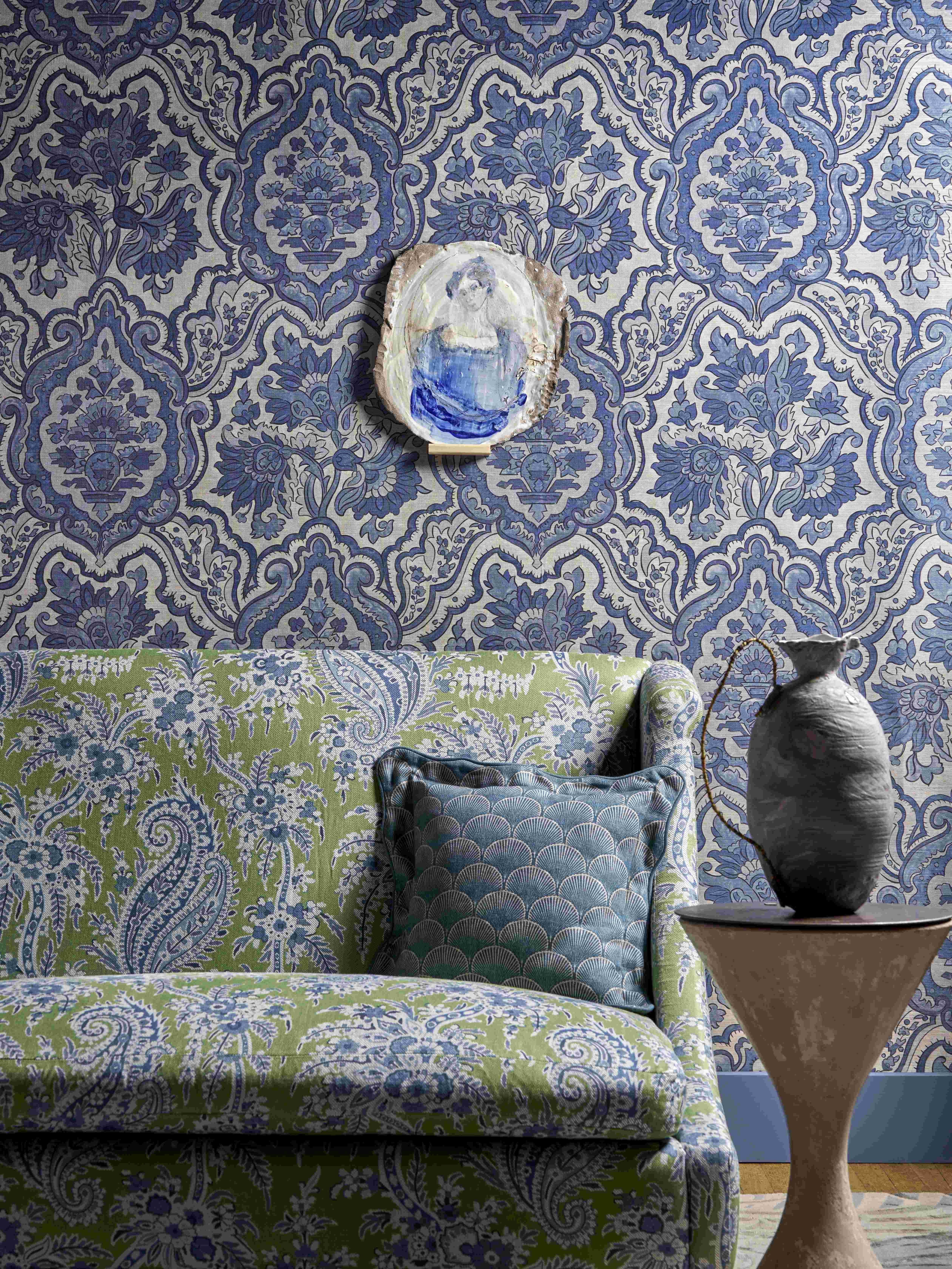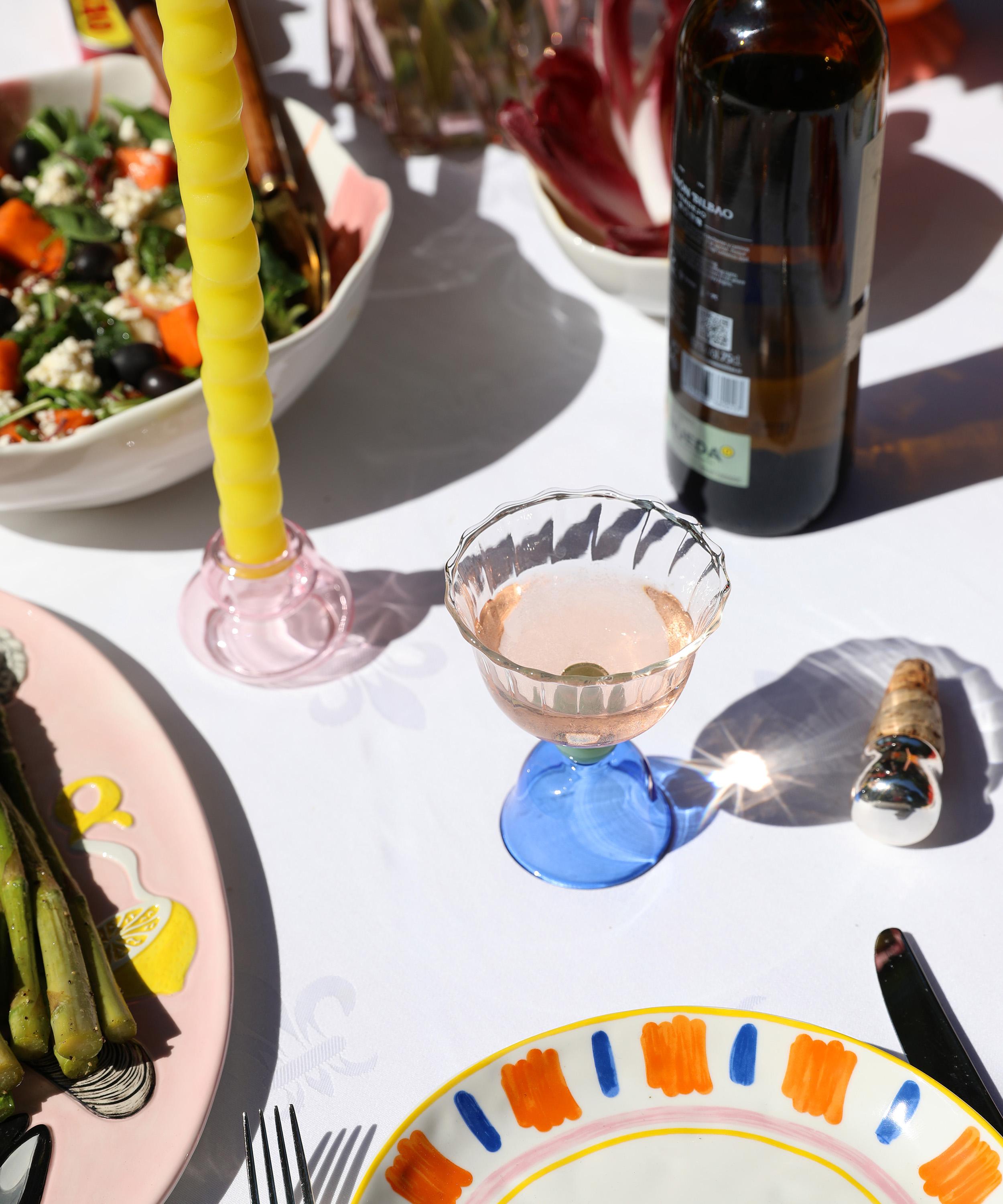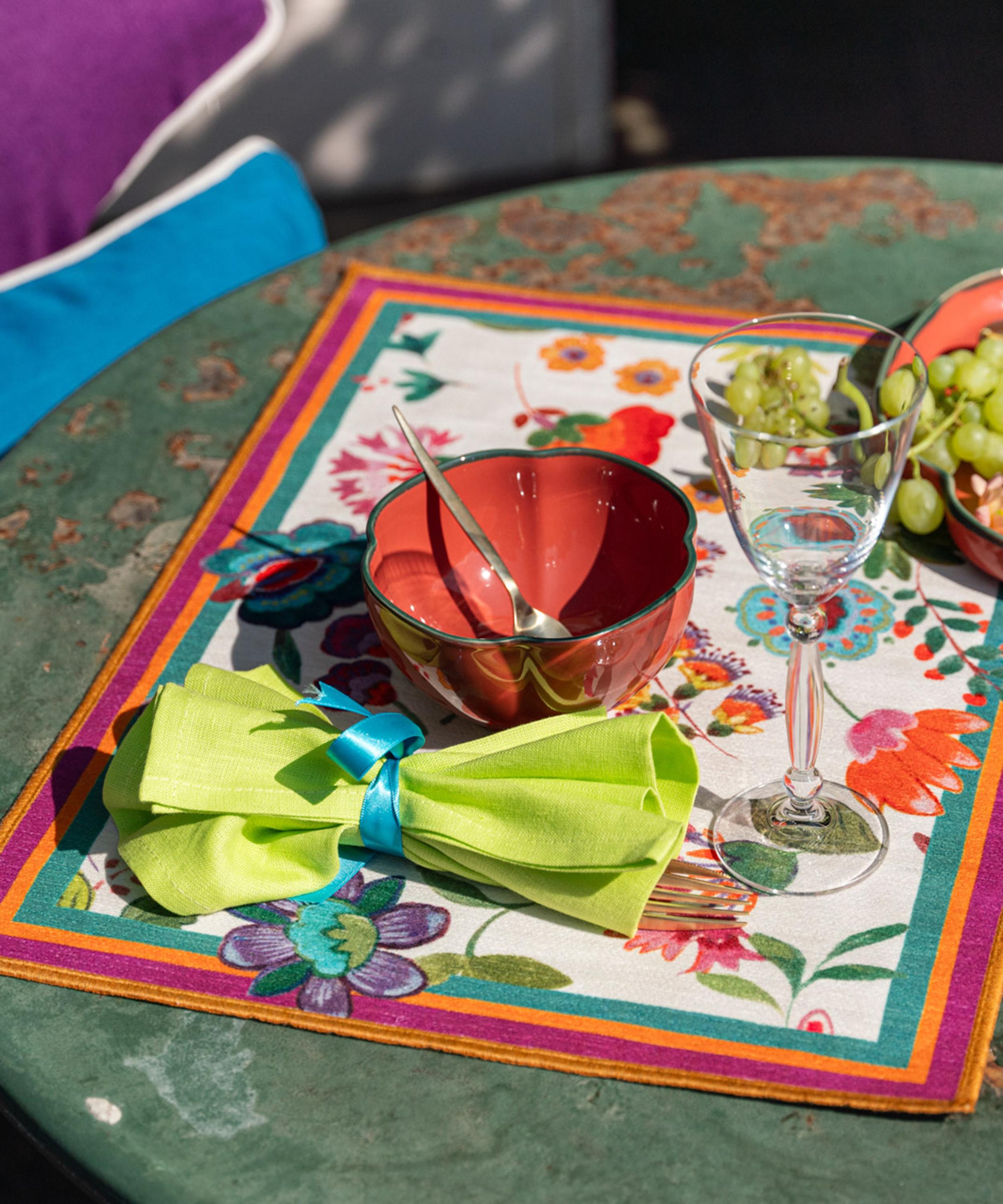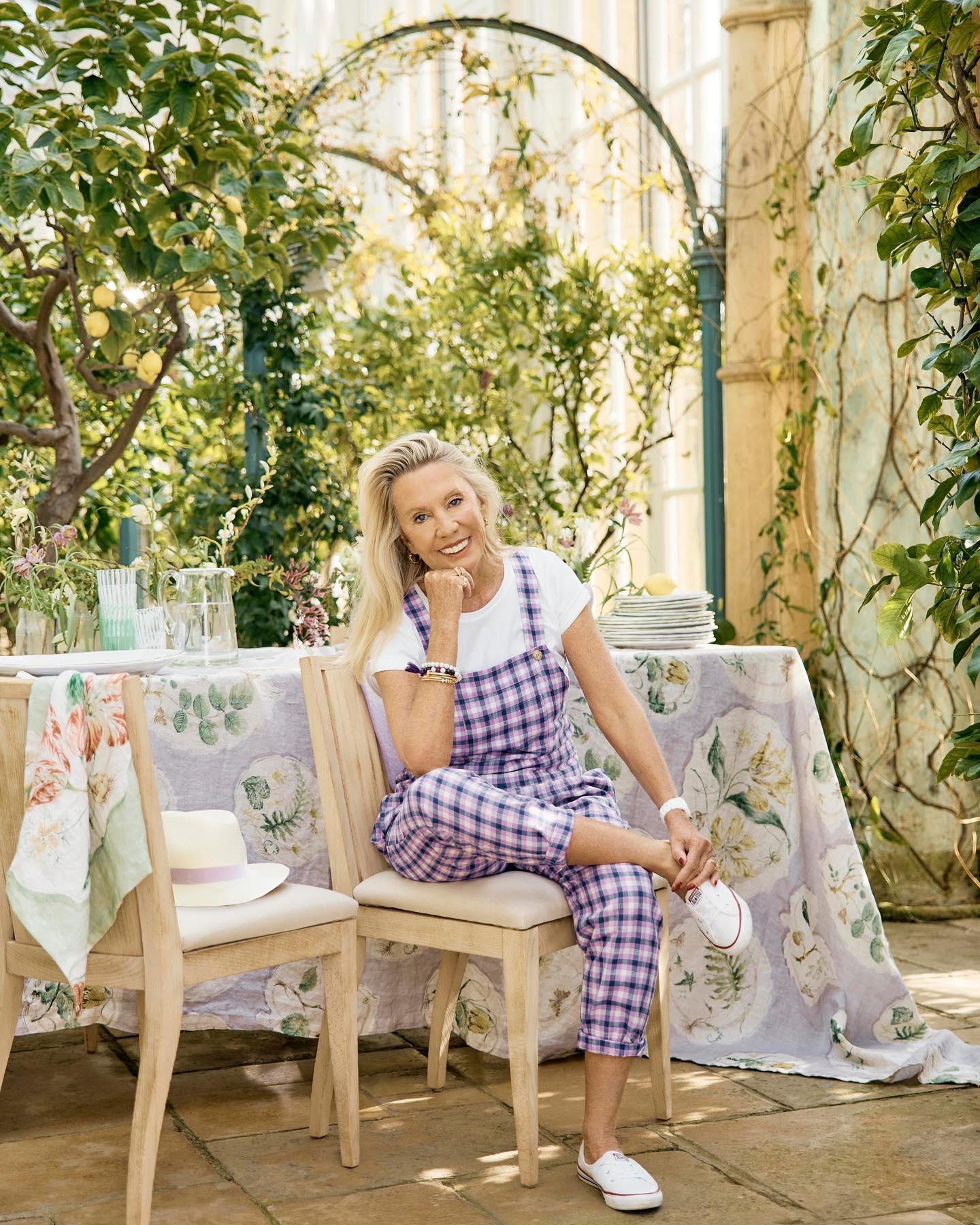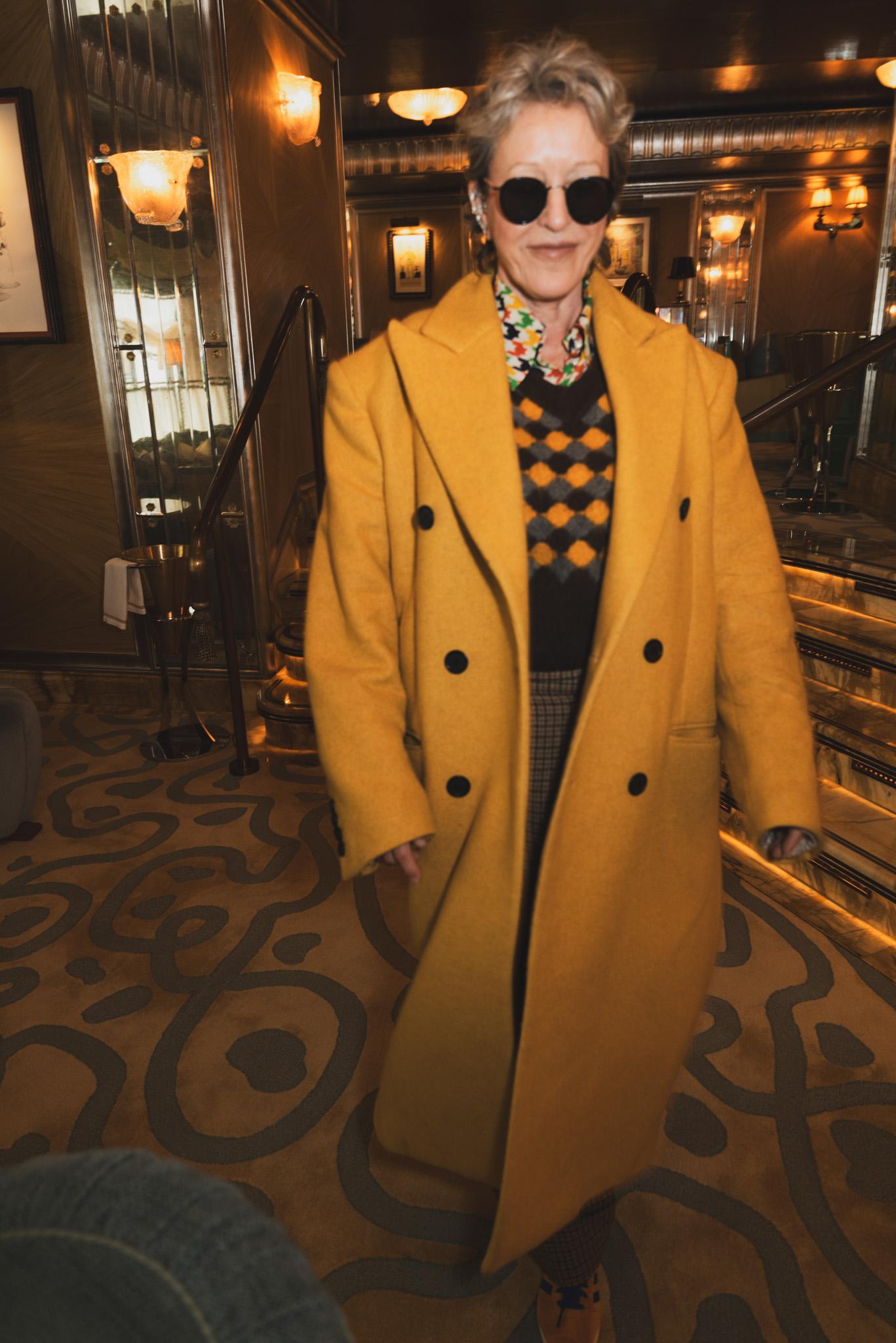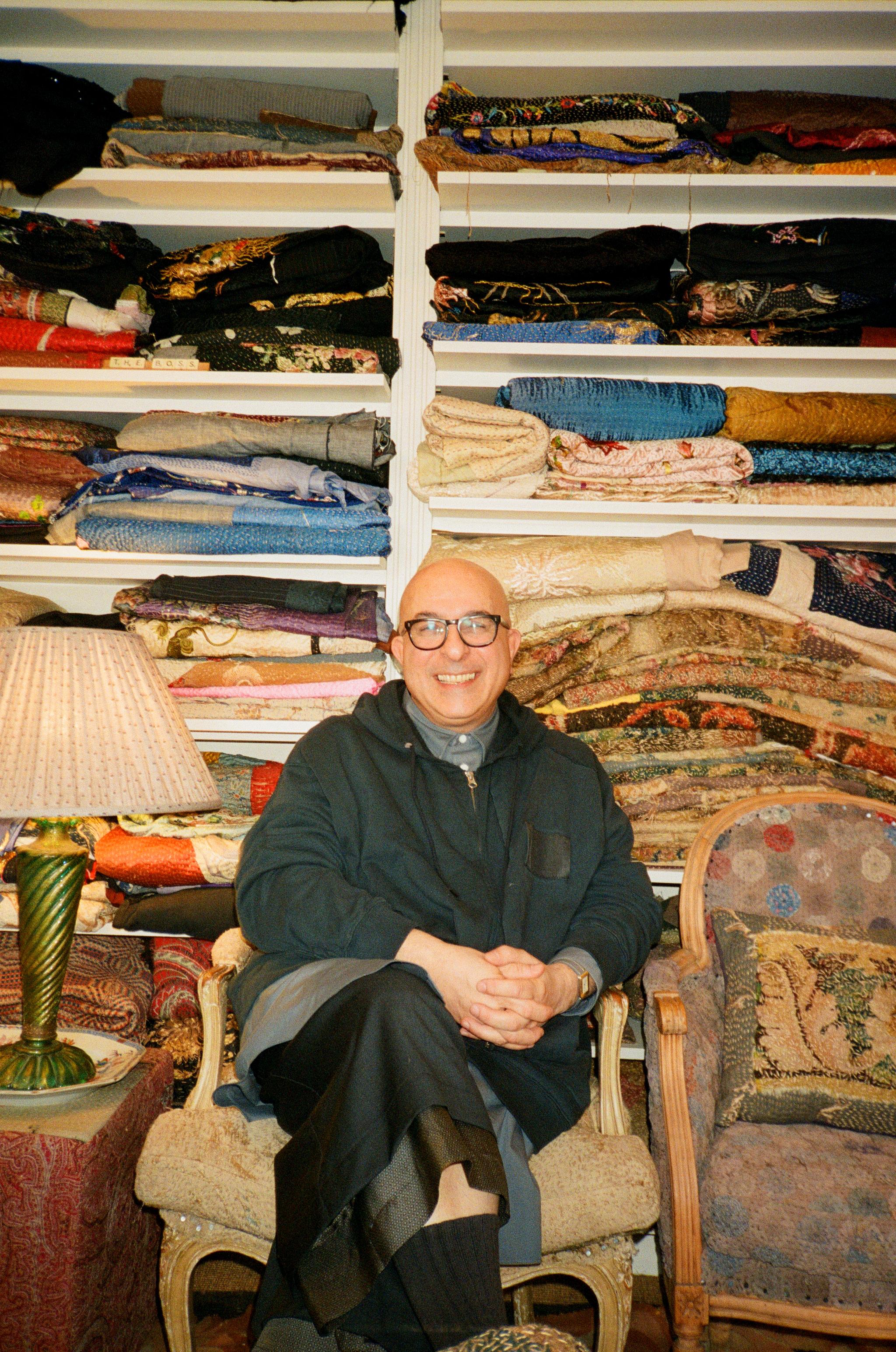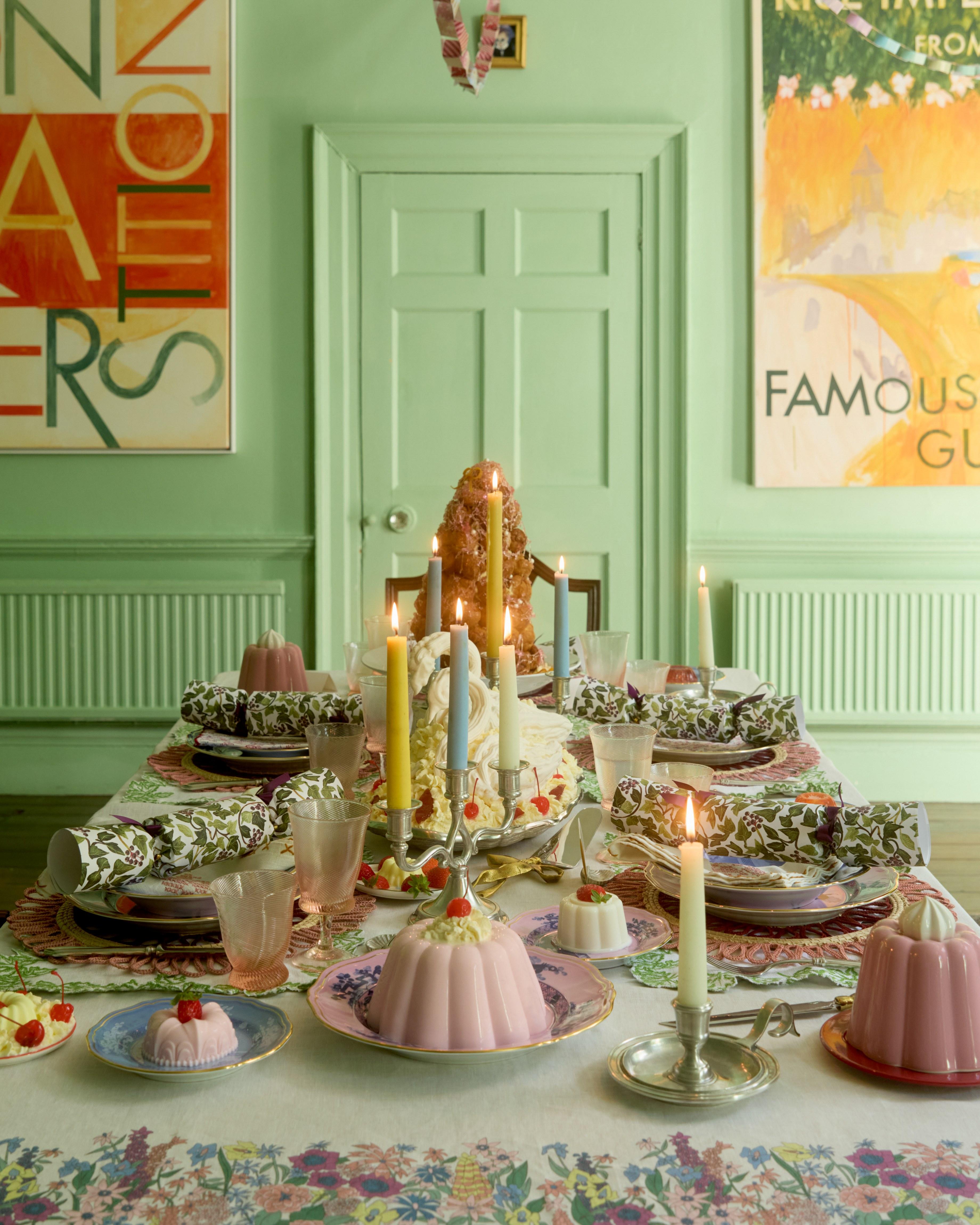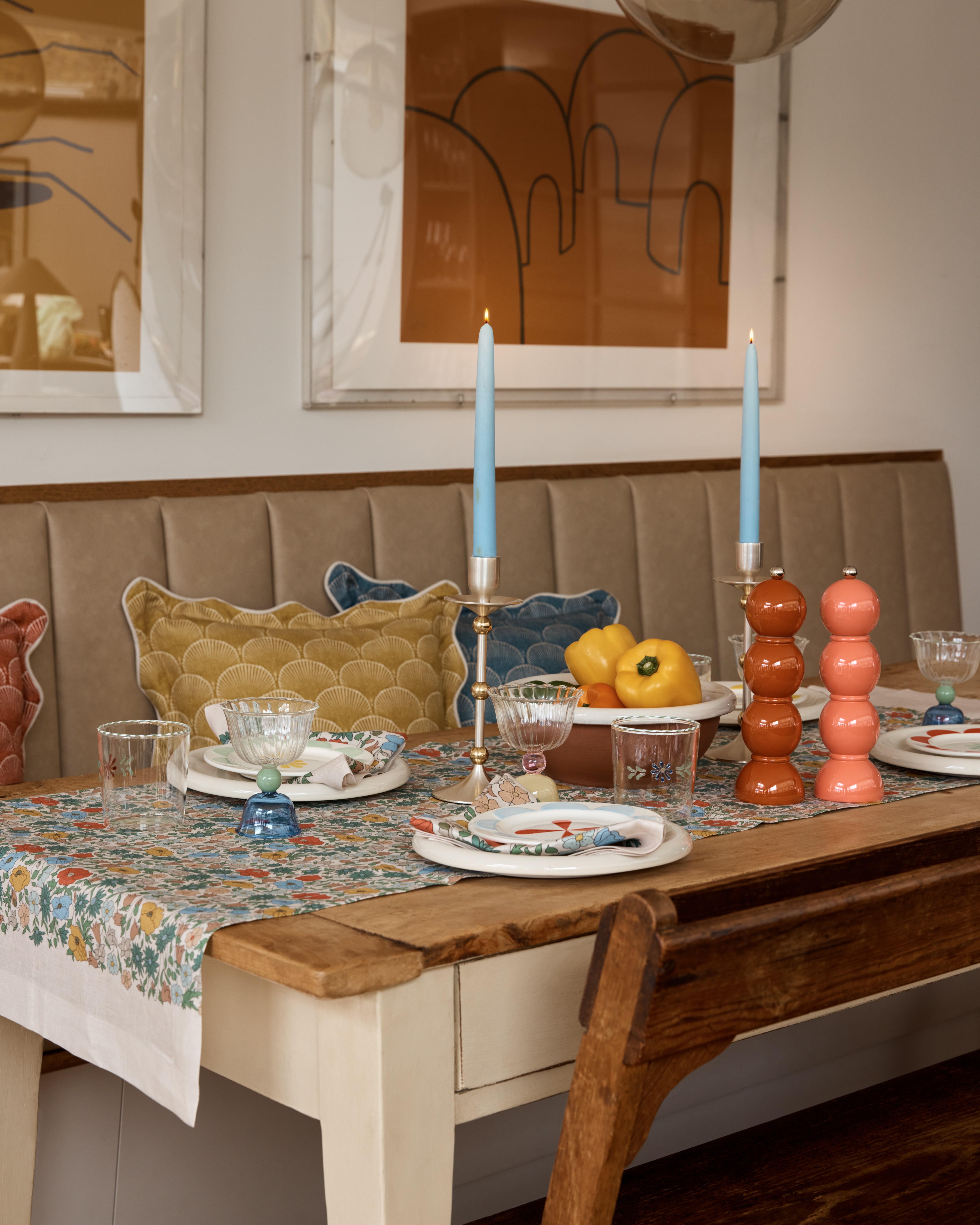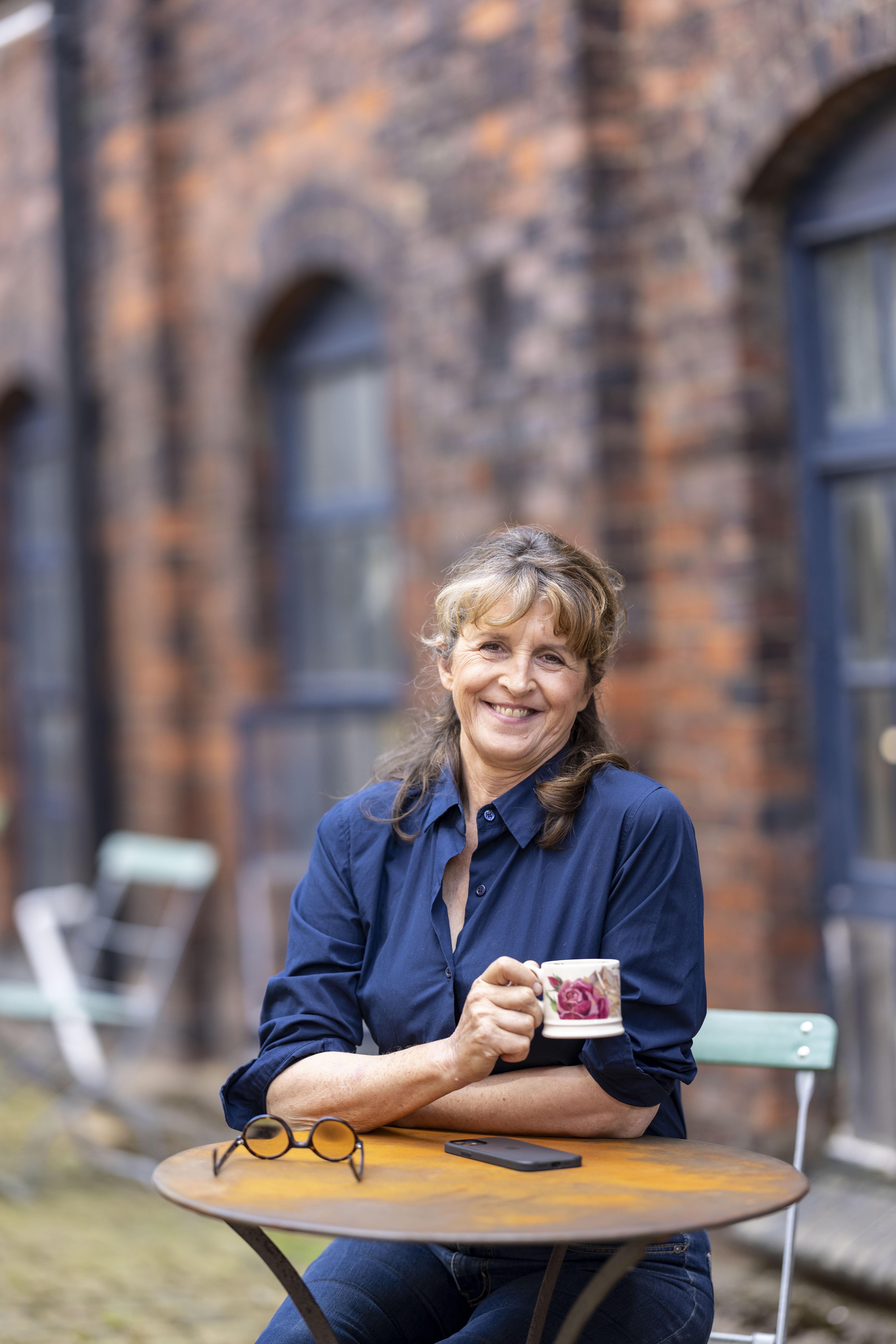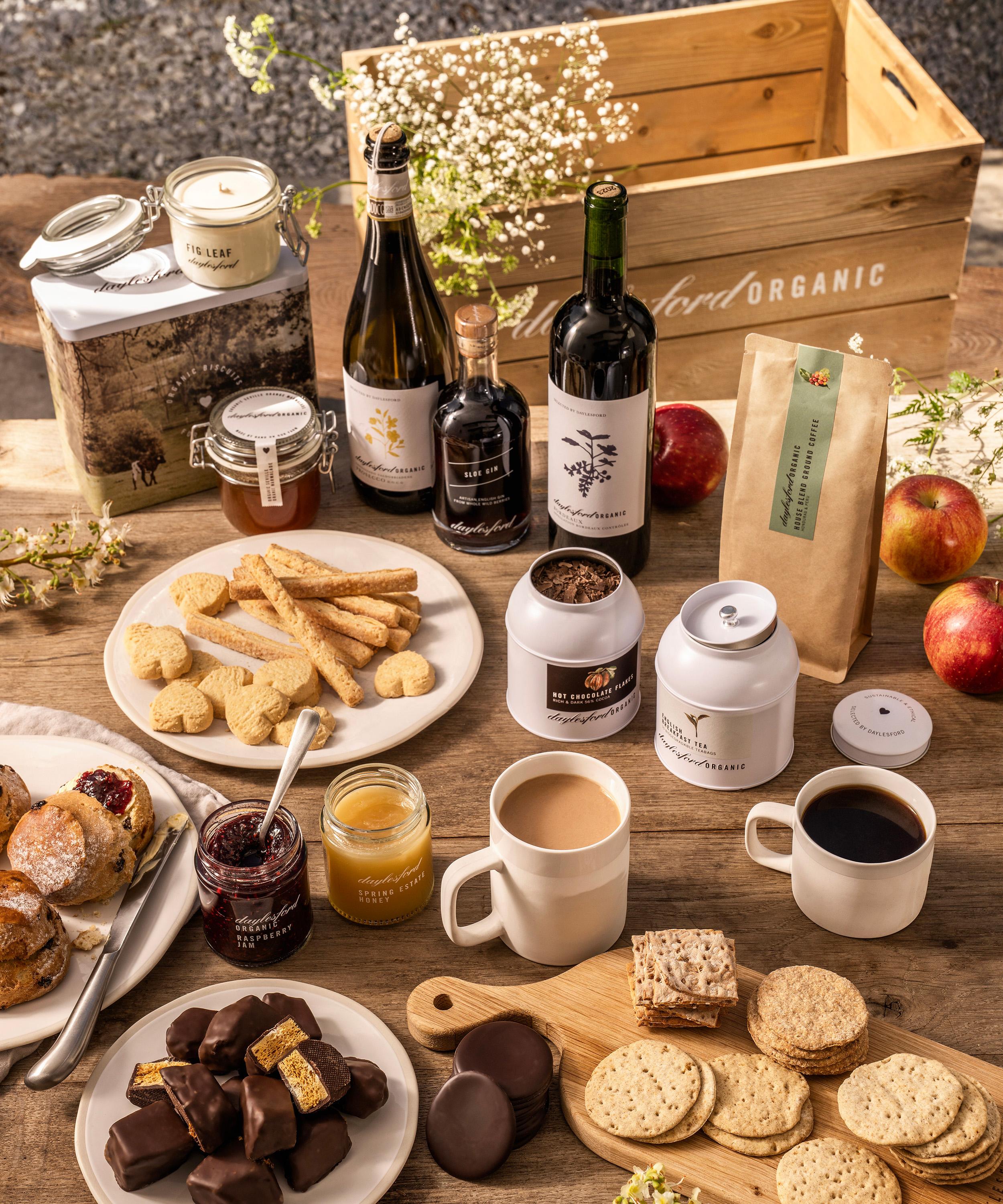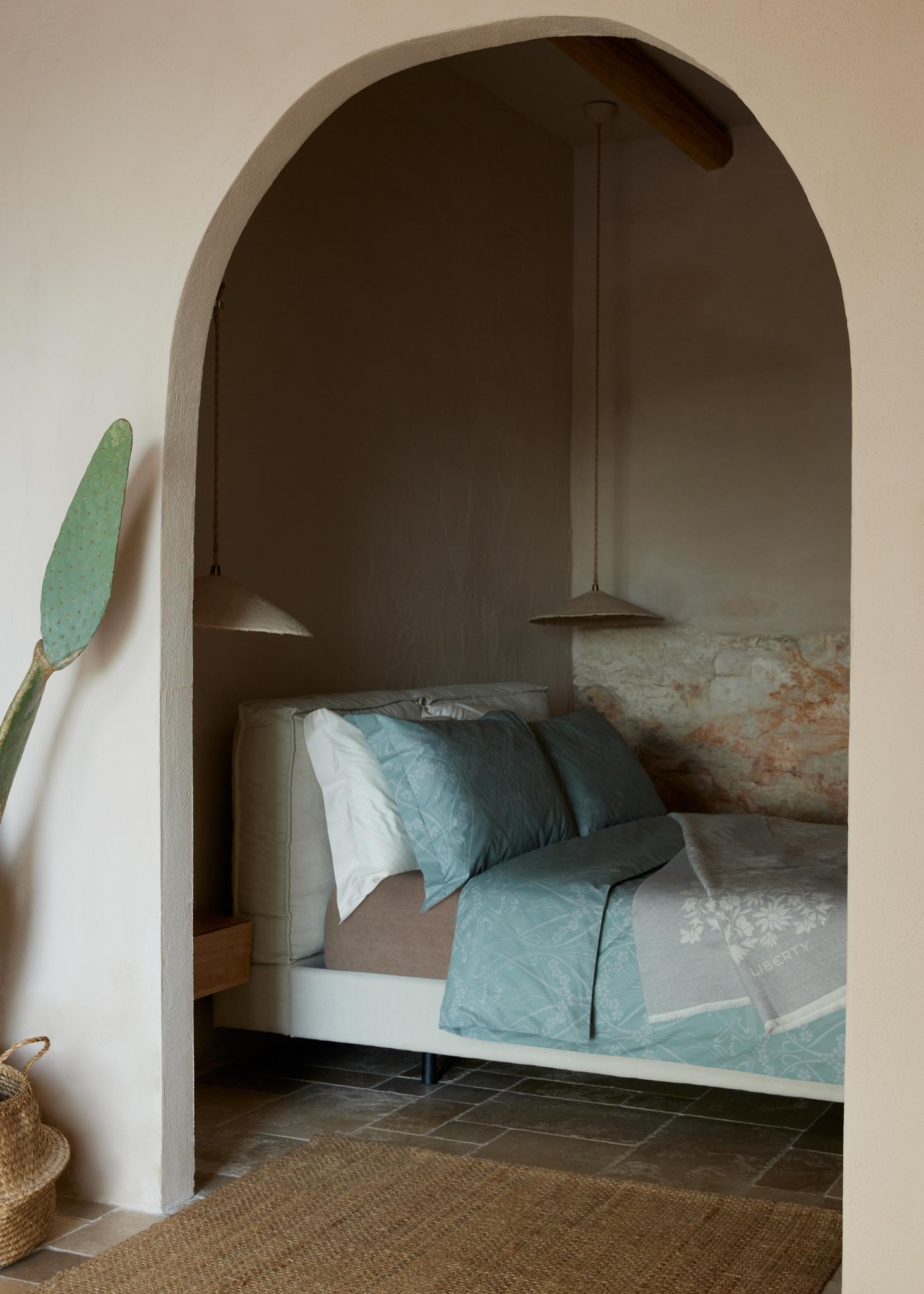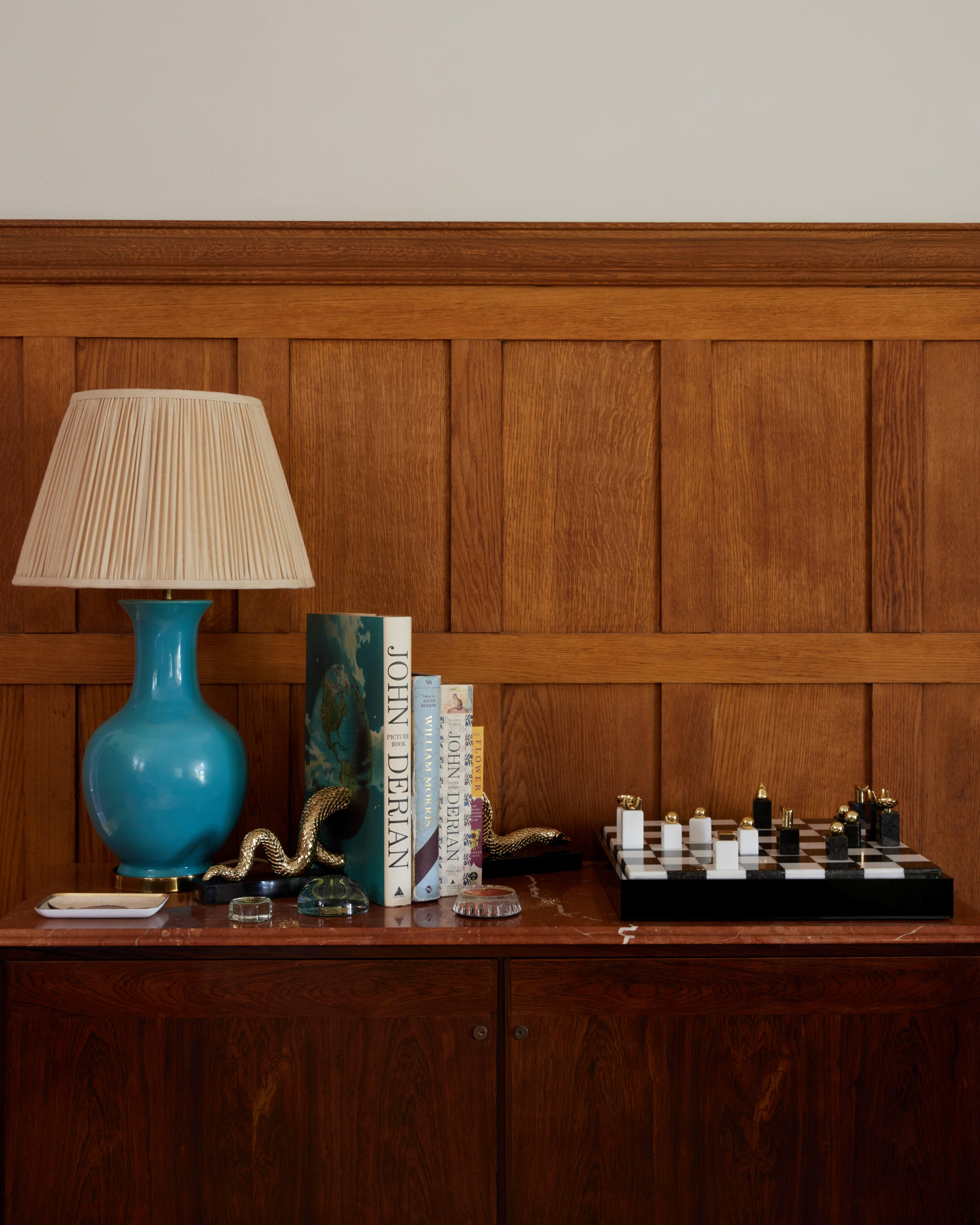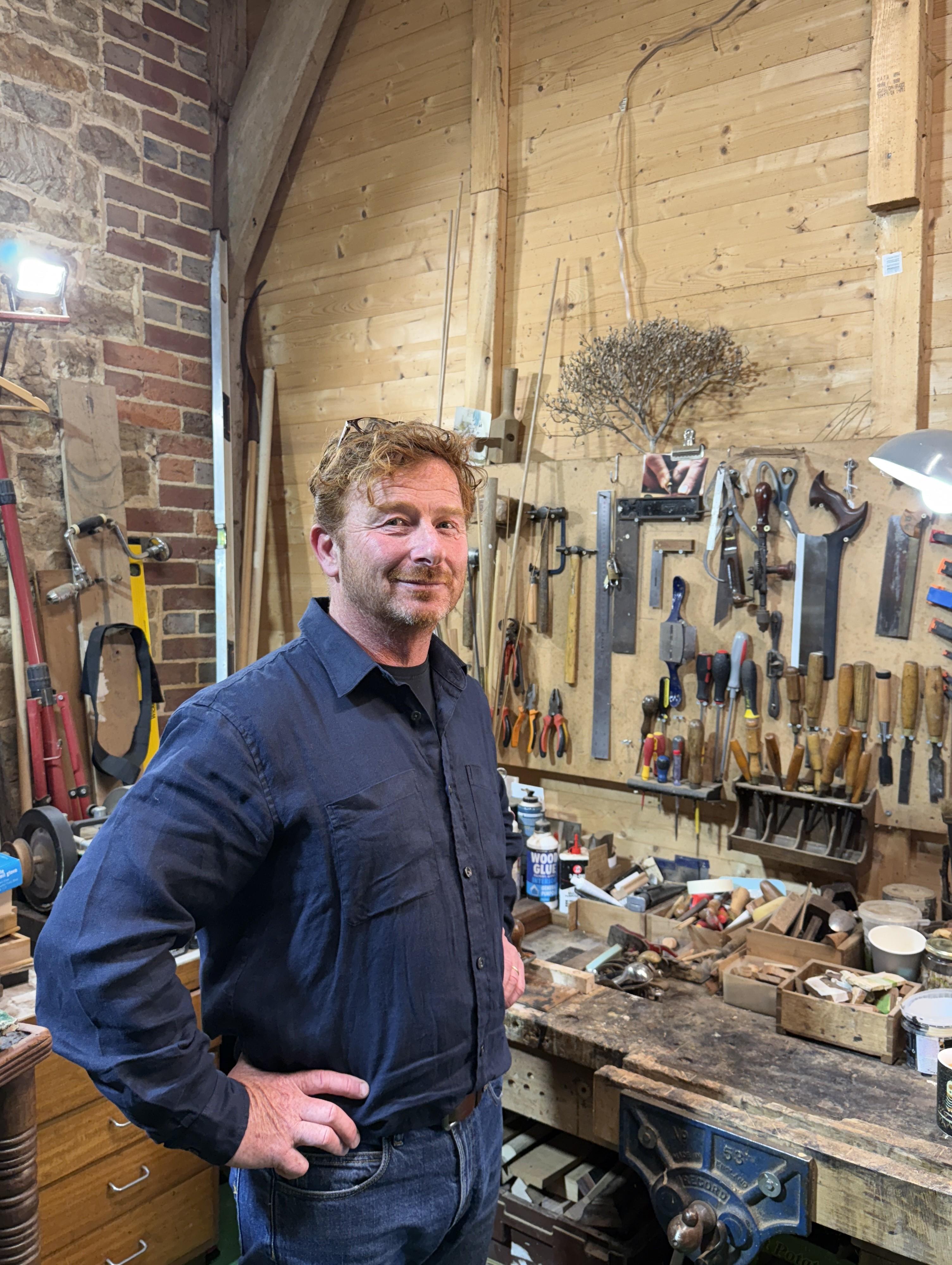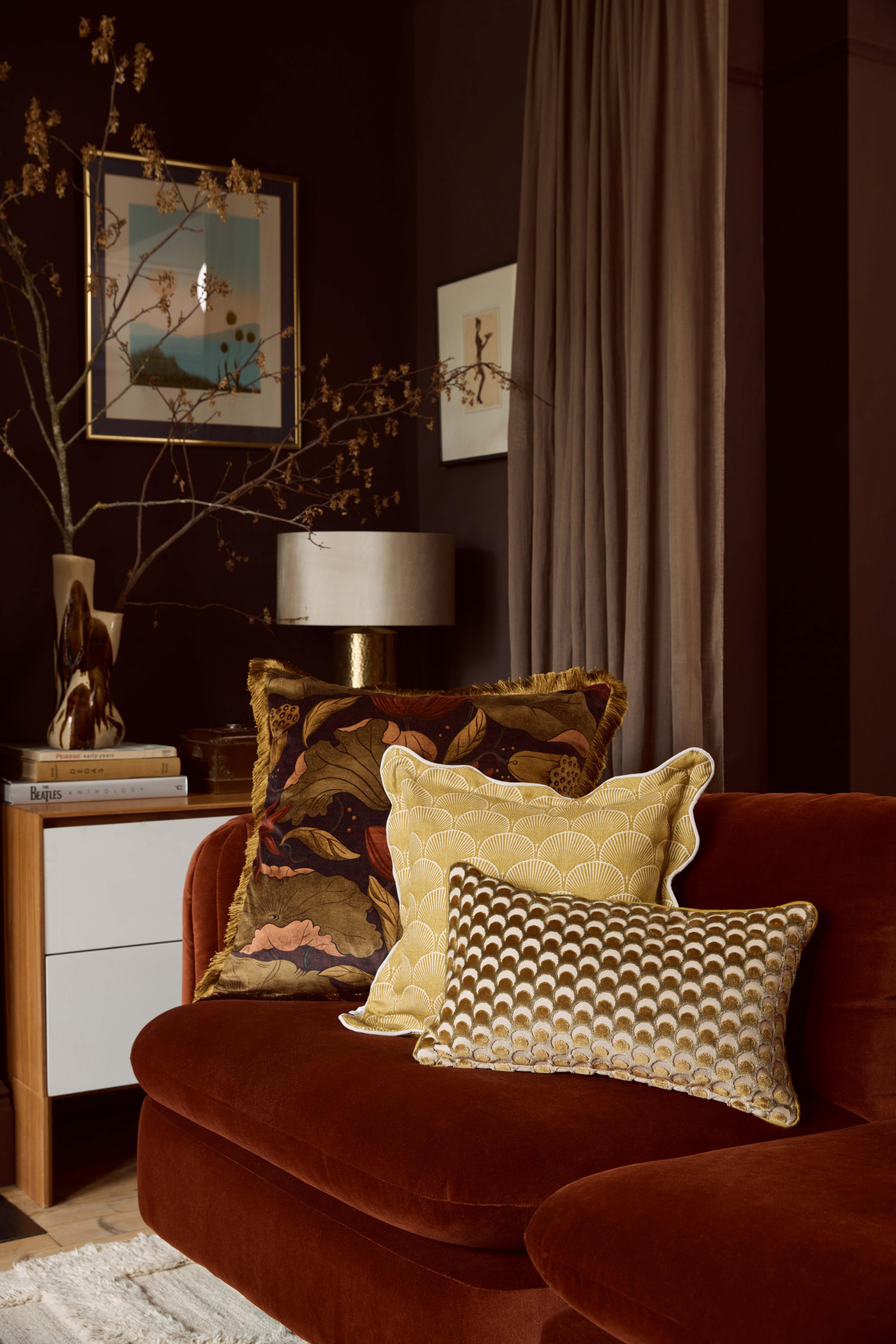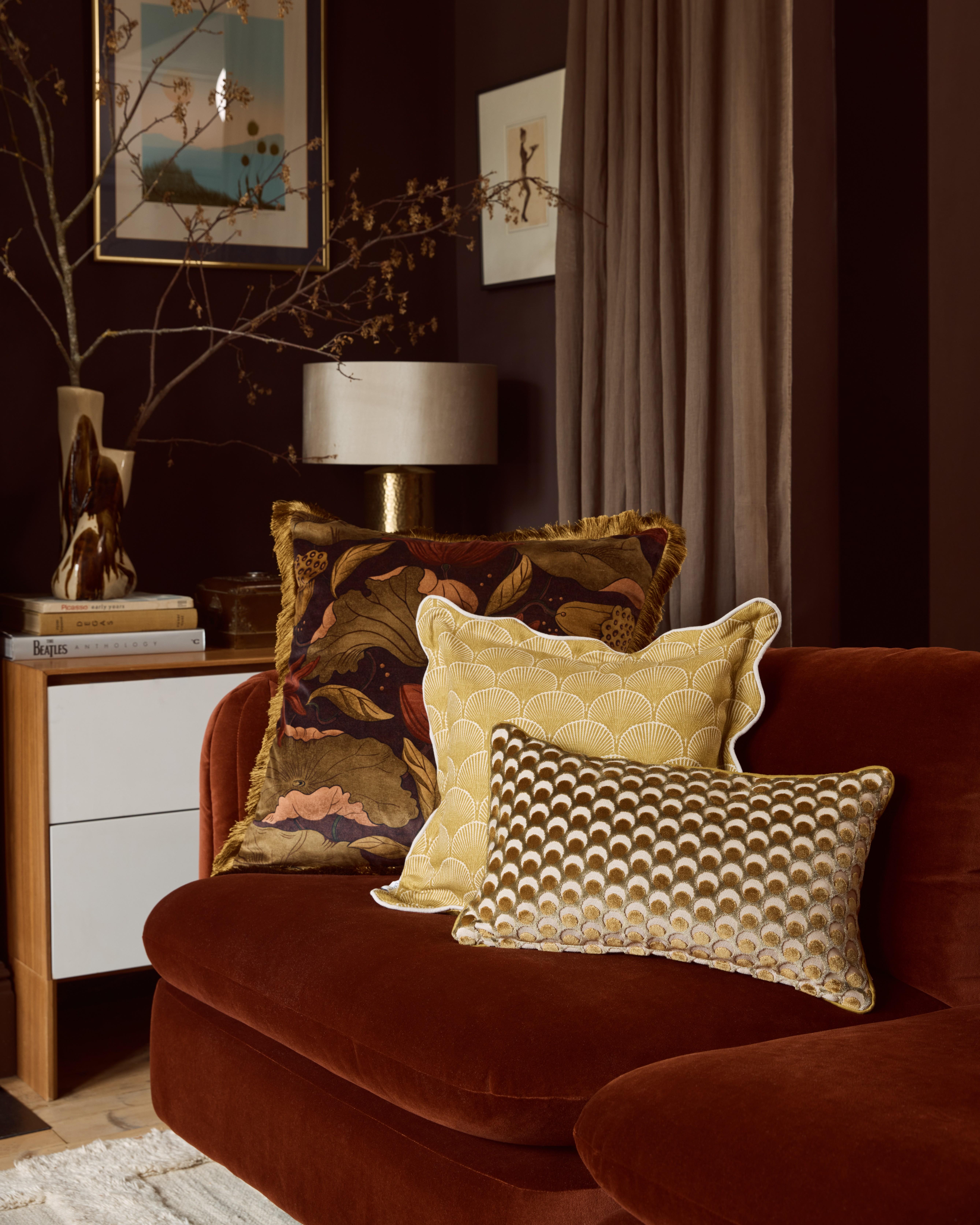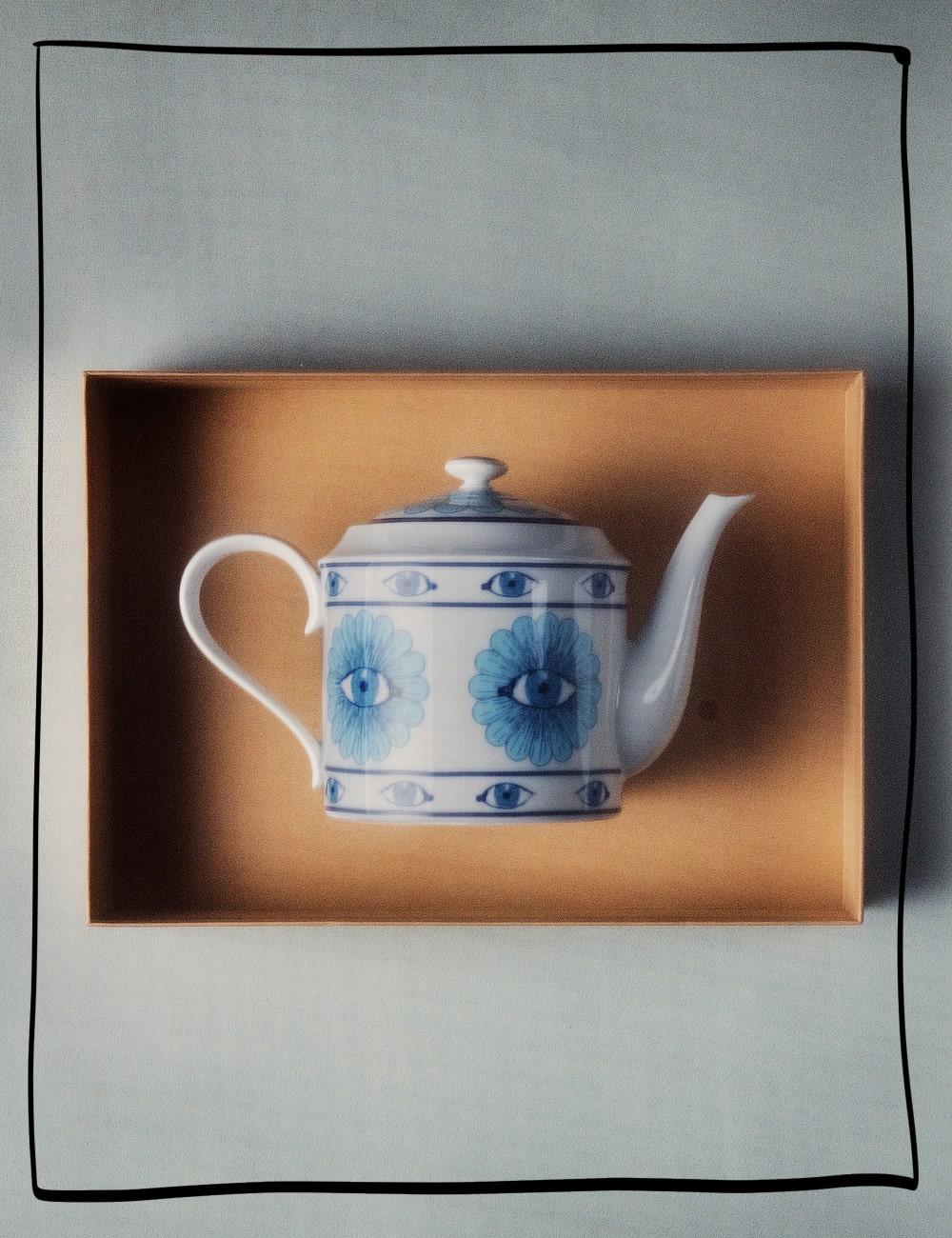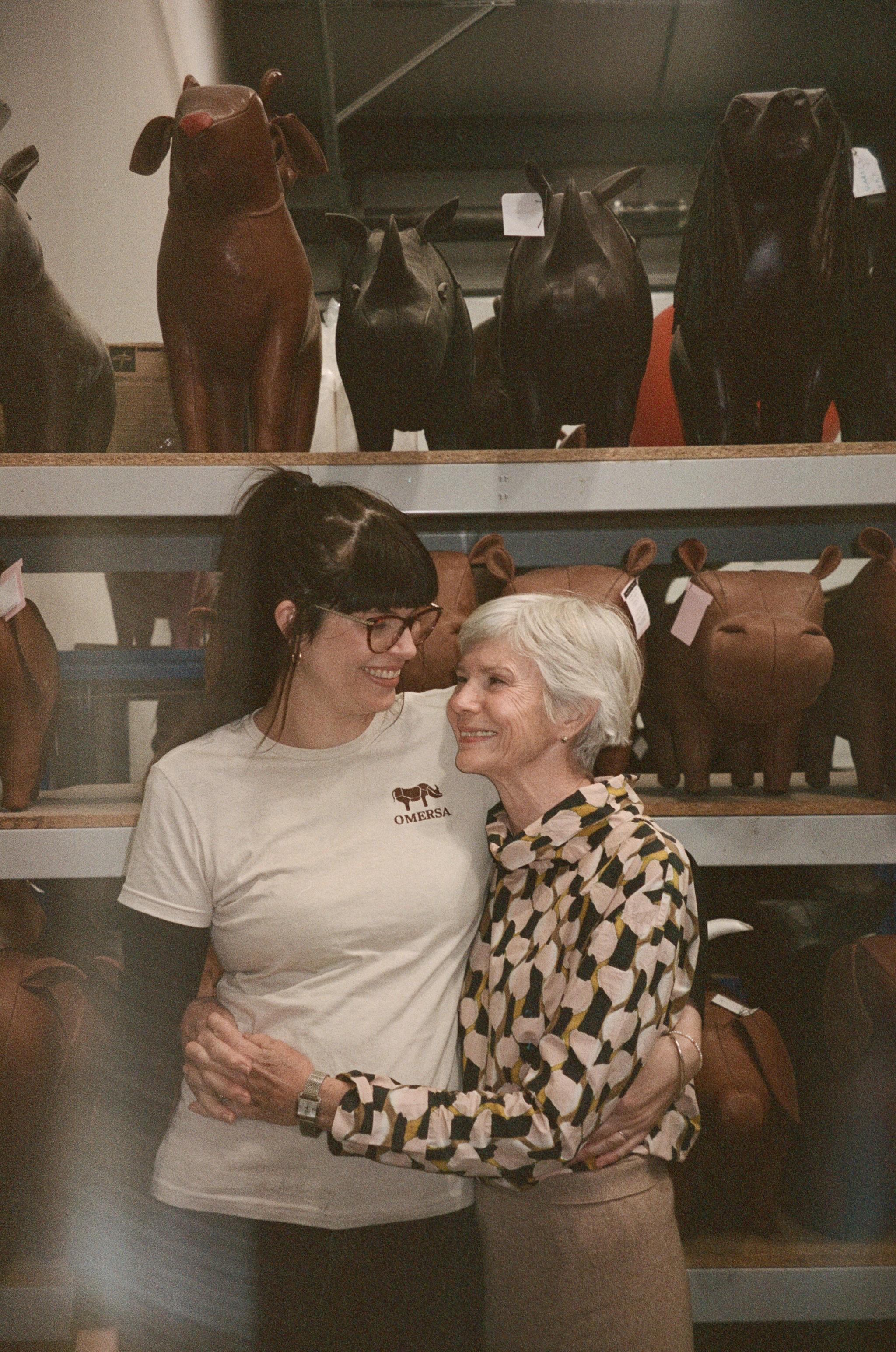
In the Studio with Omersa
Deep in rural Lincolnshire, lies the home of one of Liberty’s longest standing, most iconic partners
Read more

In the Studio with Omersa
Deep in rural Lincolnshire, lies the home of one of Liberty’s longest standing, most iconic partners
Liberty’s halls are a treasure trove of exploration, bursting with the potential thrill of discovering something exquisite, enticing and entirely unique: creative curiosity is our signature.
Naturally, then, many Liberty lovers have pieces they’ve discovered in our Tudor walls that they hold particularly dear. When asked, many loyalists will point you the direction of a bevvy of small animals, crafted in burnished mahogany leather.
Since 1927, Omersa’s menagerie of leather animals has called Liberty home. The story of the brand’s formation is entwined in Liberty’s own history, and it all began with a leather pig.
Today, the brand is run by mother and daughter, Josie and Caroline Dale, after Josie took over the brand in 1999. Now based in rural Lincolnshire, close to the market town of Louth, the creative, entrepreneurial spirit and artisanal ethos remain unchanged from the brand’s earliest days.
In an airy workshop, a team of artisans meticulously craft each Omersa creation entirely by hand. The pig has long-since been joined by a host of other creatures: from rhinos and highland cows to whales and turtles, each brimming with Omersa’s signature playful character.
A tangible sense of pride emanates from each craftsperson as they work, silent concentration paired with familial chatter; many of the team have worked on these creations for over a decade and there’s a sense of warm camaraderie behind the creation of each piece.
It is, perhaps, this subtle joviality and playful demeanour that makes Omersa’s creations an enduringly popular addition to so many homes. The Dales speak fondly of customers who have had creations from the 1980s, 1970s and even earlier restored for future generations by Omersa’s in-house ‘Animal Hospital’.
In line with our 150th anniversary celebrations, Liberty sat down with Josie and Caroline in the workshop, to hear the story of Omersa and see a glimpse behind the scenes of how each animal is brought to life.
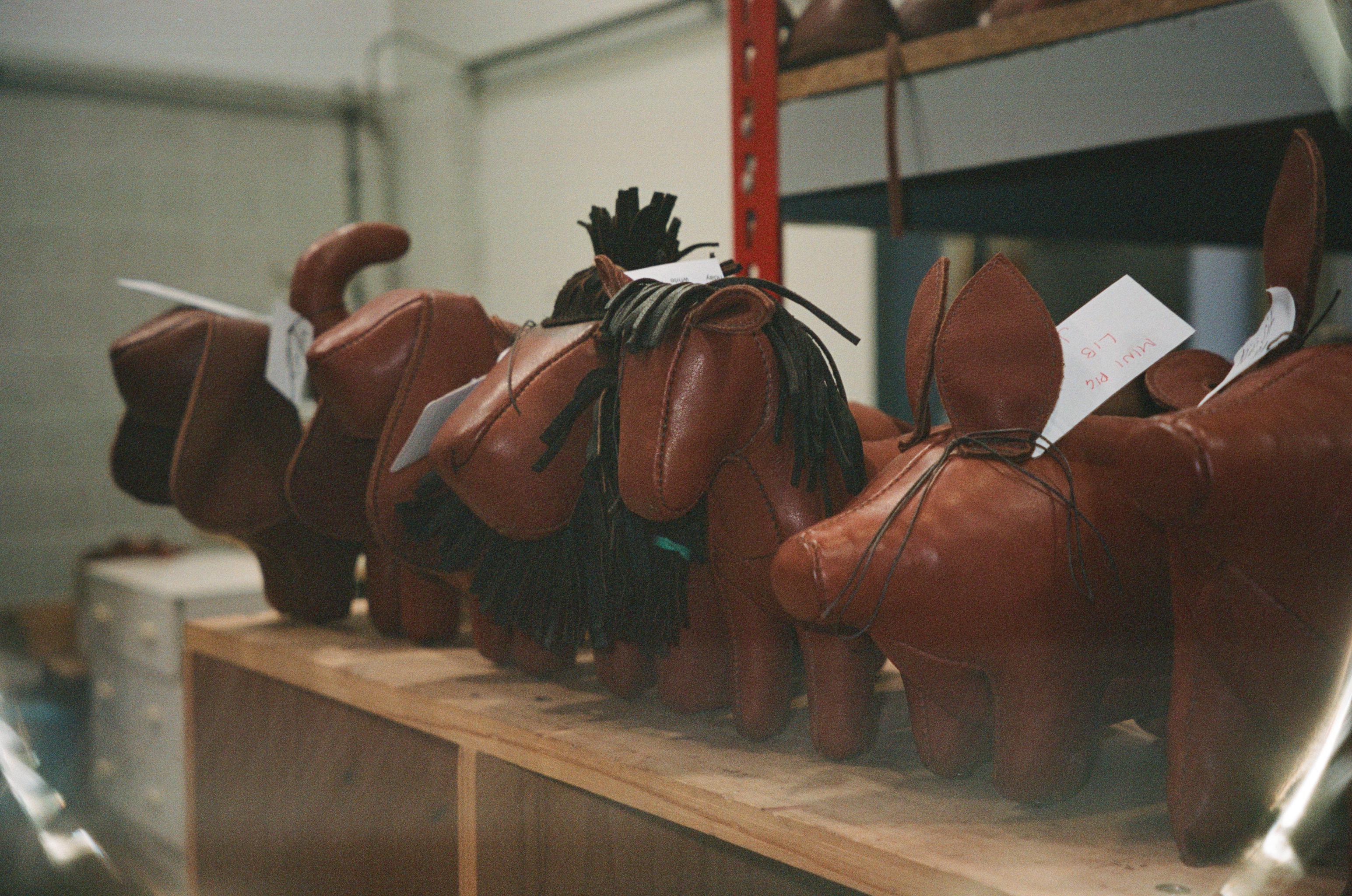
Tell us about Omersa: what’s the history and its relationship with Liberty?
Josie: Originally there was a man called Old Bill, who was a supplier of leather goods for Liberty. The story goes that one day he that took the offcuts of leather and decided to make a pig footstool out of the scraps. The story is that the very first pig footstool was made in 1927 and sold through Liberty, and the brand has had a relationship with Liberty ever since.
For many years, Old Bill continued making the pigs, and eventually in the late 1950s, as he was thinking about retiring, he met a gentleman called Dmitri Omersa, a refugee from the Czech Republic, living in in the UK and working in the leather industry. He became interested in the art of creating leather pigs, and a deal was done for him to take over in the late 1950s. He immediately set about expanding the product range to rhinos, giraffes and more. He was a very adventurous and very courageous man. . He was, I think, a very entrepreneurial character and he did an amazing job getting the product to a wide range of people.
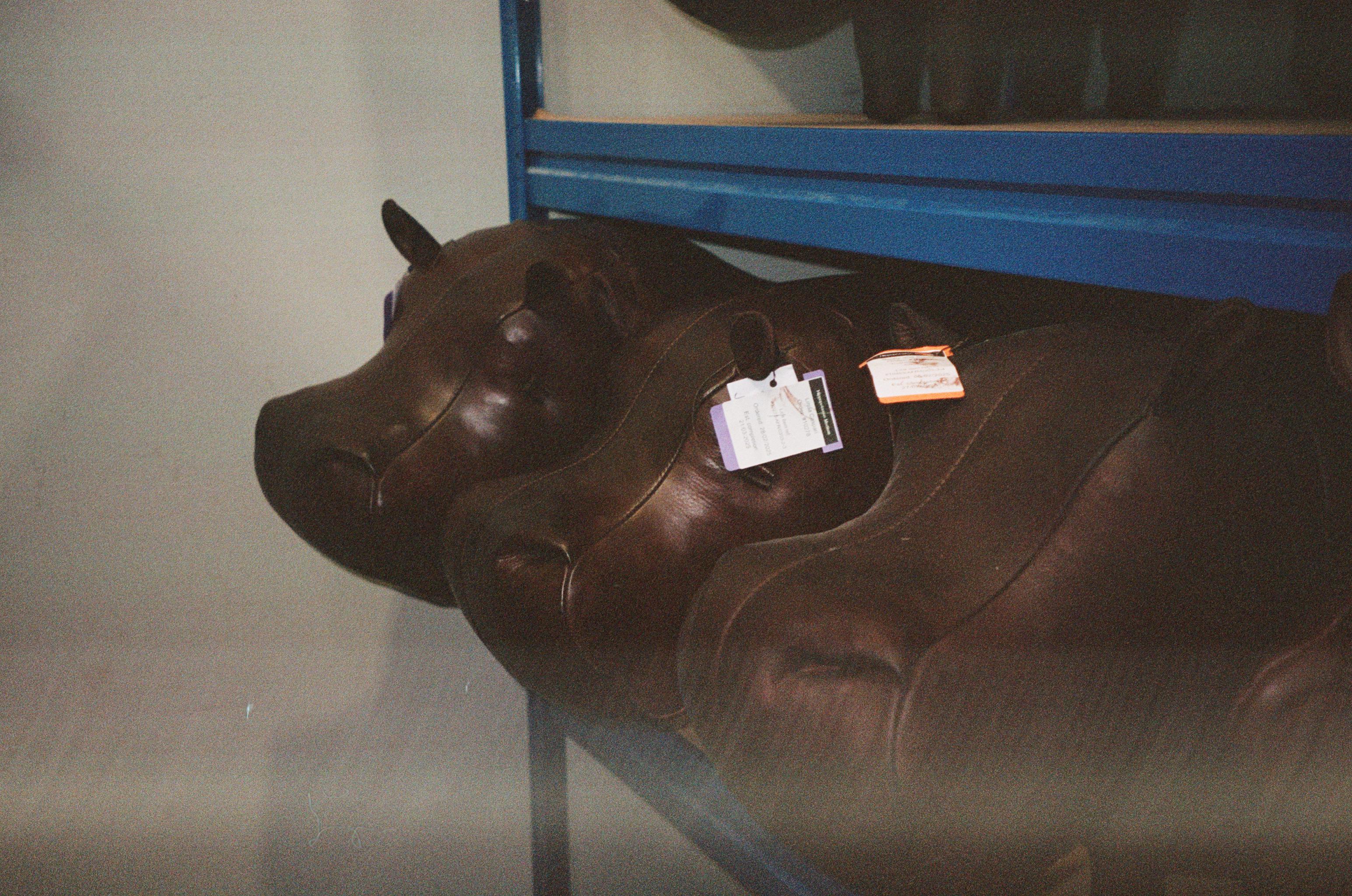
Can you tell us about the products that you create?
Josie: We make a product that was initially described as a as a footstool, and the very first piece was a in the shape of a pig. We consider them pieces of art, we like to make them a real statement item for the home so that they become focal points of a room or the space. They are made to create conversation, they’re super tactile, they're humorous and they create great warmth and memories for our customers.
Our aesthetic is based on the principles of shape, form and quality and is all about timeless elegance with a touch of playful charm. Every piece we create, from our iconic footrests and statement pieces to our leather miniatures, is designed to embody a sense of warmth, character, and quality. We love the fact that no two pieces are the same and that each animal has its own personality.
Ethos wise, we pride ourselves on advocating British Craftsmanship and sustainability. Every Omersa piece is handmade to order in our workshop, by our skilled artisans which ensures each animal is one of a kind. They take pride in their work and this is reflected in the product.

Can you talk us through how the designs are brought to life here in the workshop?
Caroline: There are quite a few stages in the production of each piece, and I think what is so unique about Omersa is that everyone who works here has their own skills and brings their own talents to the making.
We start off with our leather, which is top grain cowhide leather. When we lay this out on our cutting table to mark out the pattern, we mirror the pattern alongside the backbone of the animal, as this allows the stretch to be even on both sides. After it's been marked out, it goes to our very experienced machinists, who have an incredibly wide range of skills. Sewing these pieces is a hard job to learn, and they have extreme knowledge under their belt.
After this, a range of skilled artisans start to build up the shape of the piece. A sturdy metal frame is put inside of the animal, and we use a product called wood wool to create the shape of the pieces. This part of the making process is a very skilled art: it takes a lot of training and a lot of time to understand how best to do it.
Once each animal has been assembled, the stain is applied: we use a water-based stain to create the patina and the rich mahogany colour which is such a signature part of the aesthetic. We apply a wax which creates depth of colour, a leather conditioner that helps bring a lovely shine and, finally, the eyes are inserted.
A lot of our team have been here for a very long time, and put their own stamp on their pieces, which does make each piece one-of-a-kind and unique to that artisan.
Josie: That's part of the charm. You get the personality of the person who made it coming through each piece. If you have three different people making the same piece, each one looks different because of the way that each person works. I could almost walk into the store at Liberty, look at a hippo for example, and say: Oh, Dan made that.
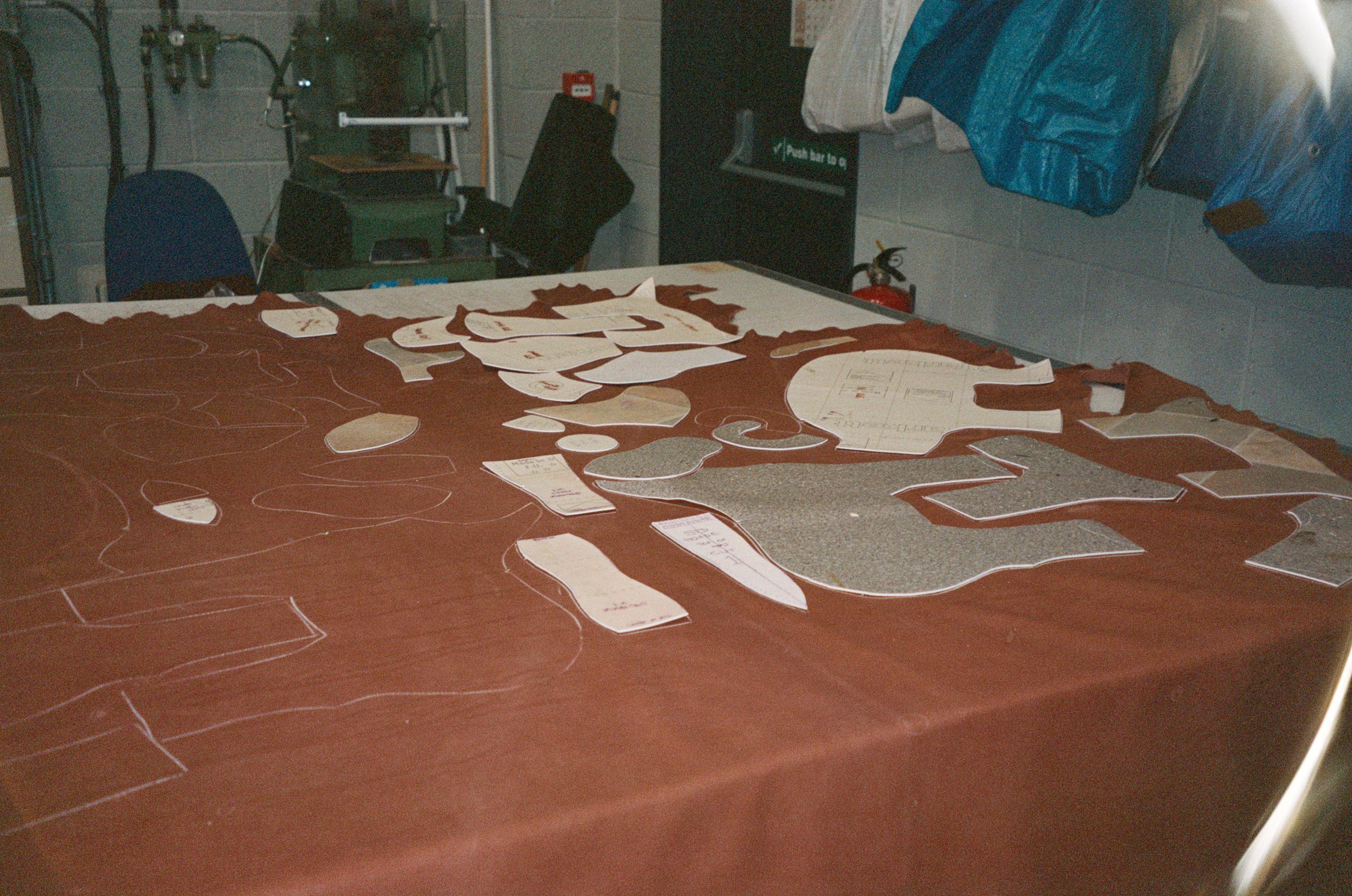
They have so much character in them, they’re so simple but there's so much personality to each design.
Josie: I think that's the beauty of them and it’s something that we’ve played around with over the years when we've looked to create new products. We have talked about all the possibilities that we could make, but when we come around to trying to create them we realise that, at the end of the day, we have to keep the shape very simple. If you make it too detailed or complicated, it just doesn't seem to work. It just doesn't seem to have the same personality.
We always come back to the original essence that Mr Omersa created. The product is so instantly recognisable because it's still the same type of product with the same type of features that Mr Omersa designed way back in the 1950s. We are very conscious of the fact that we are custodians of his original designs, and we feel we have the responsibility to keep the product in the same spirit as the original designs.
Do you each have a favourite piece?
Caroline: It differs every year! One of my favourites is the lion. I really like the texture with the extra fringing on the mane, which adds so much detail, so I really love that.
The other one I love is the Galapagos turtle. It has a really beautiful shell, lots of intricate stitching with several different panels that are sewn together for the shell, and again I really love the detail of it.
Josie: I think the hippo is a firm favourite of mine and also of most of our customers. I think because it has such a happy, smiley, curly face.
I also have a lone frog at home. He’s one of our less popular animals, but I love him. He's the one piece I have at home and every day I walk past him, and I just at him and he just brings smile to my face.
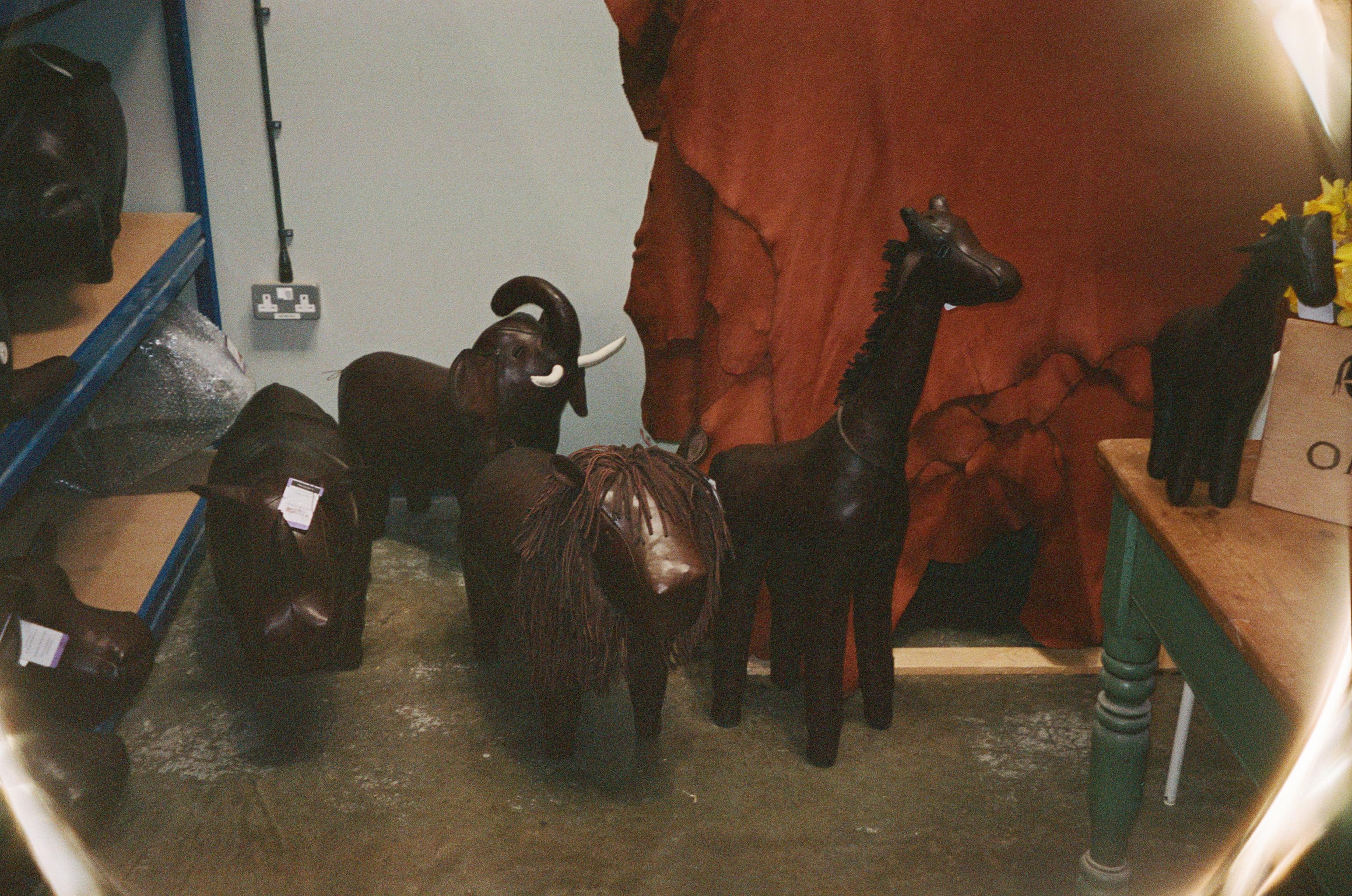
What are your personal memories of Liberty?
Caroline: I had my own personal experience with Liberty, as I did at one time work there as the interior manager for just under two years.
I was very proud of the fact that, not only did I get the opportunity to work at Liberty, which is such an iconic store, but I was working in the section where my mother's products were sold. I spent my childhood around these pieces, and to experience both sides of the coin - the making process and the selling process – has been such a key experience for me.
Josie: For me, I was a young girl back in the 1970s and I was very much into the Liberty scene, the Laura Ashley scene and the Biba scene: I spent many an hour up in in London! One of the reasons I got involved with this business was because I I've always enjoyed craft and dress making. I used to spend a lot of time in the haberdashery department of Liberty. I loved buying materials from there - the Liberty Lawn - taking it home and seeing what I could make. It has always been part of me.


